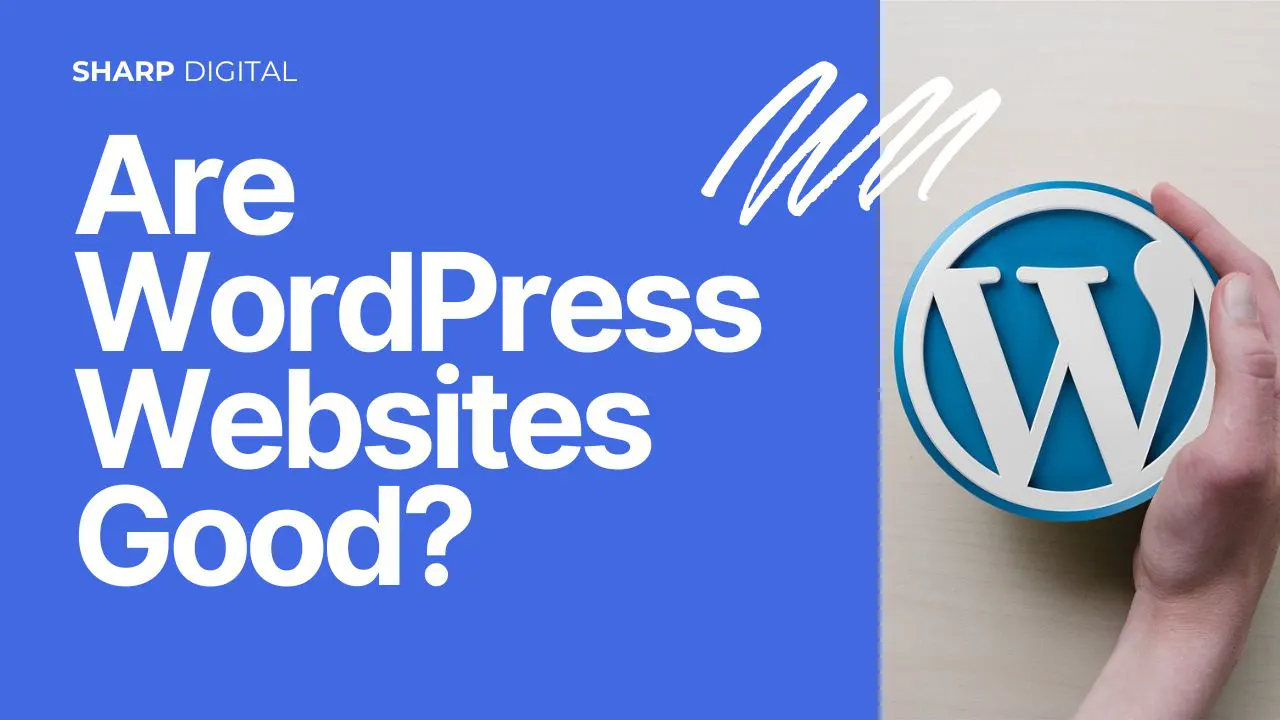Even experienced SEO professionals make keyword optimization mistakes that can harm rankings rather than help them. Understanding these common pitfalls is crucial for successful optimization.
Keyword Stuffing and Over-Optimization
What to Avoid
- ❌ Repeating the same keyword excessively in content
- ❌ Using keywords in every sentence or paragraph
- ❌ Creating unnatural, forced keyword placements
- ❌ Ignoring content readability for keyword density
- ❌ Using exact-match anchor text for all internal links
Best Practice
Maintain 1-2% keyword density while ensuring natural, readable content that serves user intent.
Ignoring User Intent
Common Mistakes
- ❌ Targeting commercial keywords with informational content
- ❌ Creating product pages for informational search queries
- ❌ Ignoring the buyer's journey stage of target keywords
- ❌ Not addressing what users actually want to know
Solution
Analyze top-ranking pages for your target keywords and match their content type and structure.
Technical SEO Neglect
Critical Oversights
- ❌ Optimizing for keywords without fixing site speed issues
- ❌ Ignoring mobile optimization for keyword targeting
- ❌ Not implementing proper schema markup
- ❌ Failing to optimize for Core Web Vitals
- ❌ Neglecting site security and HTTPS implementation
Technical Foundation
Technical SEO provides the foundation that allows keyword optimization to work effectively.
Content Quality Issues
Quality Red Flags
- ❌ Creating thin content just to target keywords
- ❌ Copying competitor content with different keywords
- ❌ Ignoring content freshness and updates
- ❌ Not providing unique value or insights
- ❌ Focusing on keywords over user needs
Quality Focus
Create comprehensive, valuable content that happens to include your target keywords naturally.
Keyword Research Errors
Research Mistakes
- ❌ Targeting only short-tail keywords
- ❌ Ignoring keyword difficulty and competition
- ❌ Not considering search volume trends
- ❌ Focusing on irrelevant or low-intent keywords
- ❌ Not updating keyword research regularly
Strategic Approach
Use comprehensive keyword research tools and regularly update your keyword strategy based on performance data.
Measurement and Tracking Failures
Tracking Issues
- ❌ Not tracking keyword rankings regularly
- ❌ Ignoring traffic and conversion metrics
- ❌ Not monitoring competitor keyword strategies
- ❌ Failing to set up proper conversion tracking
- ❌ Not reviewing and adjusting strategy based on data
Data-Driven Optimization
Implement comprehensive tracking and use data insights to continuously improve your keyword optimization strategy.



